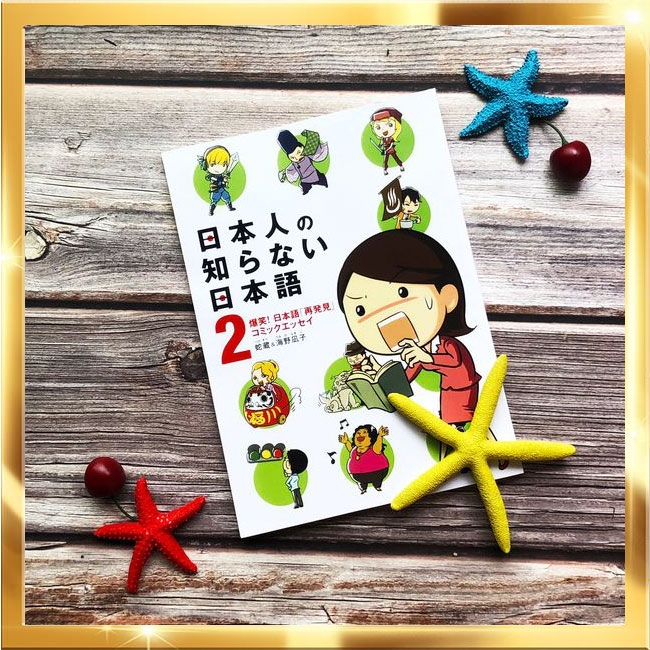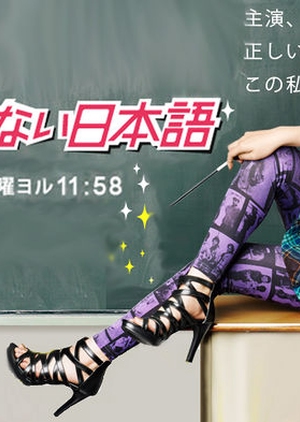

This is highly unusual in Western television and film. In the scene in which Haruko first attempts (and fails) to teach the class of foreign students Nihonjin no Shiranai Nihongo relies heavily on cartoons to convey her psychological state.

Some cultural differences were apparent though. It is a little less than thirty minutes in length and has a vast array of quirky characters, potential love plots and direct goals for the main characters to aim for. Nihonjin no Shiranai Nihongo is very familiar as a comedy show. This will most likely be the story that overarches the season. At the end of the episode, Haruko and Narushi make a bet that if even one of Haruko’s pupil’s fail – she will quit her future job as a high-school teacher. The biggest problem however is Ikeda Narushi (Takasu Kazuki) her surprisingly evil boss at the school that seems to be counting on Haruko to fail. For instance, Haruko has no training as a Japanese language teacher, and strugggles to answer the many questions asked by her students. The first episode outlines her arrival at the school and the troubles that stand in her way.

Her class consists of nine foreign students with strong personalities. What Haruko doesn’t know is that this is a Japanese language school for foreigners. She is asked by an old teacher to teach as a trainee in the school she works at. The protagonist Kano Haruko (Naka Riisa) is a quirky shop assistant with a dream to become a high-school teacher. For those not familiar with how the Japanese use honorifics and, more important, how they differ from American honorifics, I present this brief overview.Nihonjin no Shiranai Nihongo is a Japanese comedy series that aired on YTV/NTV for one season in 2010. Throughout the mangas, animes, and Japanese dramas, you will find Japanese honorifics either written or mentioned every time. Many English translations leave out these important honorifics and therefore distort the feel of the original Japanese. In the context of manga, anime and even live-action dramas, honorifics give insight into the nature of the relationship between characters. Honorifics can be expressions of respect or endearment. When addressing someone in Japanese, an honorific usually takes the form of a suffix attached to one's name (example: "Satomi-san"), is used a s a title at the end of one's name, or appears in place of the name itself (example: "Hiroko-sensei." or simply "Sensei!") Ever since the feudal era, when Japan was a highly stratified society, use of honorifics - which can be defined as polite speech that indicates relationship or status - has played an essential role in the Japanese language. Politeness has always been a critical facet of Japanese culture.


 0 kommentar(er)
0 kommentar(er)
